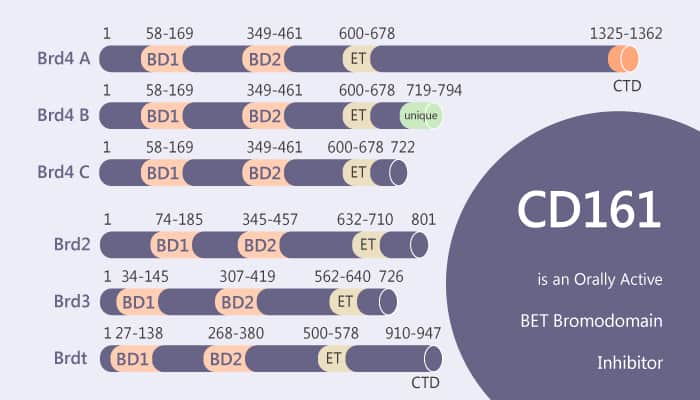The proto-oncogene Myc belongs to the basic helix-loop-helix leucine zipper (B-HLH-LZ) transcription factor family. It plays a key role in cellular proliferation, differentiation, and apoptosis. Myc expression is normally under tight control. Its expression is transient and responsive to mitogen stimulation. Indeed, in more than 70% of human malignancies, including lymphomas, neuroblastomas, melanomas, and breast, ovarian, prostate, and liver cancers, Myc is overexpressed. In Myc-dependent cancer models, brief inactivation of Myc can regress the tumor. Meanwhile, It also induces cell death upon reactivation of Myc. Max (Myc Associated factor X) binds to Myc through its C-terminal B-HLH-LZ domain. It leads to heterodimerization, binding to the E-box (CACGTG) for transcription activation. Because Myc-Max heterodimerization is essential for Myc-driven oncogenesis, disruption of the Myc–Max interaction represents an attractive approach for inhibiting Myc function. In this study, sAJM589 is a potent Myc-Max inhibitor.

sAJM589 potently disrupts the Myc-Max heterodimer in a dose-dependent manner with an IC50 of 1.8 μM. Moreover, sAJM589 inhibits cellular proliferation of P493-6 in a dose-dependent fashion with an IC50 of 1.9 0.06 μM, whereas its IC50 is >20 μM in the presence of tetracycline. It indicates that sAJM589 is selectively targeting Myc. Furthermore, sAJM589 treatment and Myc depletion induce similar gene expression profiles. In addition, sAJM589 suppresses cellular proliferation in diverse Myc-dependent cancer cell lines and anchorage-independent growth of Raji cells. In addition, disruption of the Myc–Max interaction by sAJM589 reduces Myc protein levels, possibly by promoting ubiquitination and degradation of Myc.
Lastly, sAJM589 may be a basis for the development of potential inhibitors of Myc-dependent cell growth.
Reference:
Choi SH, et al. ACS Chem Biol. 2017 Nov 17;12(11):2715-2719.